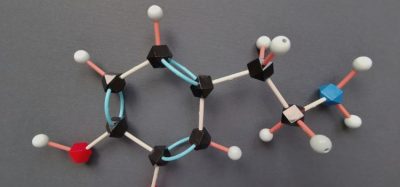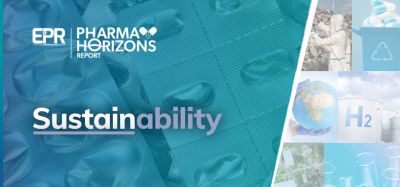Mass spectrometry software can link different data types
Posted: 15 March 2023 | Catherine Eckford (European Pharmaceutical Review) | No comments yet
A new version of an open-source software is the first tool with an entire data processing pipeline that integrates LC-IMS-MS and MALDI-IMS-MS imaging data.


The latest version of software tool MZmine, which aids analysis of mass spectrometry data, has been released.
Using this third generation software, scientists can analyse large volumes of data from mass spectrometry, processing thousands of samples within minutes to hours.
[the newest version can process] thousands of samples within minutes to hours.”
It is the first tool with an entire data processing pipeline that integrates liquid chromatography (LC)-ion mobility spectrometry (IMS)-MS and matrix-assisted laser desorption/ionization (MALDI)-IMS-MS imaging data.
It is the first tool with an entire data processing pipeline that integrates liquid chromatography (LC)-ion mobility spectrometry (IMS)-MS and matrix-assisted laser desorption/ionization (MALDI)-IMS-MS imaging data.”
This combination maps the distribution of metabolites, drugs and contaminants in tissue sections while providing the analytical power and identification capabilities of chromatography methods.
Integrative workflows combining IMS data from LC-MS and MS imaging enable large-scale metabolomics and lipidomics research by spectral preprocessing, feature detection and various options for compound identification for thousands of samples in parallel.
The latest advances in the MZmine 3 have been published in Nature Biotechnology.
Liquid chromatography-high-resolution mass spectrometry (LC-HRMS) of complex samples rapidly generates gigabytes of data in a single study — of which only a fraction can be annotated, leaving a vast unknown chemical space to explore. This creates a need for flexible and scalable software tools for data processing, according to Robin Schmid from Institute of Organic Chemistry and Biochemistry of the Czech Academy of Sciences (IOCB Prague) and UC San Diego (CA, USA), project lead architect and one of the first authors of the paper.
Typical MZmine workflow for mass spectrometry data
Loaded into MZmine, mass spectra are processed to find reoccurring patterns generated by molecule ions. These patterns (features) are then aligned across the whole sample set, and compounds are identified by either reference databases or other computational means.
Schmid shared with EPR the key features of the software:
- FAIR principles – each analysis is reproducible and fully described by the user parameters and input data. The results can be integrated with other software with strong ties to the Global Natural Products Social Molecular Networking (GNPS) web platform and SIRIUS
- Flexibility – users can construct new data processing pipelines instead of choosing a few laid-out paths
- Choice of mass spectrometry platform – MZmine supports most mass spectrometry (MS) platforms, including gas chromatography (GC)-MS, LC-MS, and MALDI-MS imaging. MZmine also supports IMS-MS addressing the introduction of more IMS-enabled instruments by multiple instrument manufacturers
- Free to use – an MIT license means MZmine is open-source and free for commercial and non-commercial use, facilitating optimal collaboration.
The graphical interface and interactive visualisation plots facilitate data exploration and validation of results from every processing step. Schmid noted that this feature was one of the main challenges of developing the software. Also, “the added complexity of IMS, which adds a third separation dimension, required a total rewrite of internal data structures and mechanisms to handle the amount of data,” Schmid highlighted.
Applications of the software
Applications include data processing and compound identification in clinical studies, biomarker discovery, and tracing deregulation patterns of metabolites and lipids, eg, in disease states or microbial cultures.
Previous versions of MZmine
The first version of MZmine has enabled scientists to automate the processing of datasets generated by analytical devices at an unprecedented scale.
The second generation of MZmine, released in 2010, could process hundreds of samples over several days. The release of this version enabled the project to be more widely known. A worldwide community of researchers was formed and the software continued to expand its functions.
Tomáš Pluskal from IOCB Prague has coordinated the project almost since its inception in 2005. “The greatest strength of the MZmine project is the international community of experts that has formed around the project.”
Related topics
Analytical techniques, Biopharmaceuticals, Chromatography, Data Analysis, Imaging, Impurities, Liquid Chromatography - Mass Spectrometry (LC-MS), Mass Spectrometry, metabollic imaging, Research & Development (R&D), Spectroscopy, Technology
Related organisations
Institute of Organic Chemistry and Biochemistry of the Czech Academy of Sciences (IOCB Prague)









